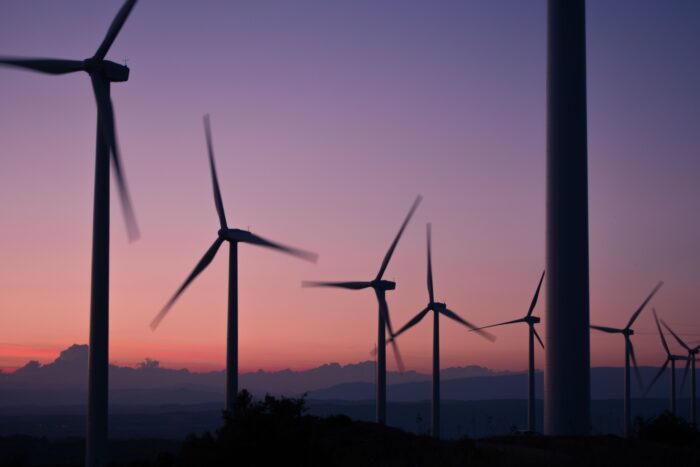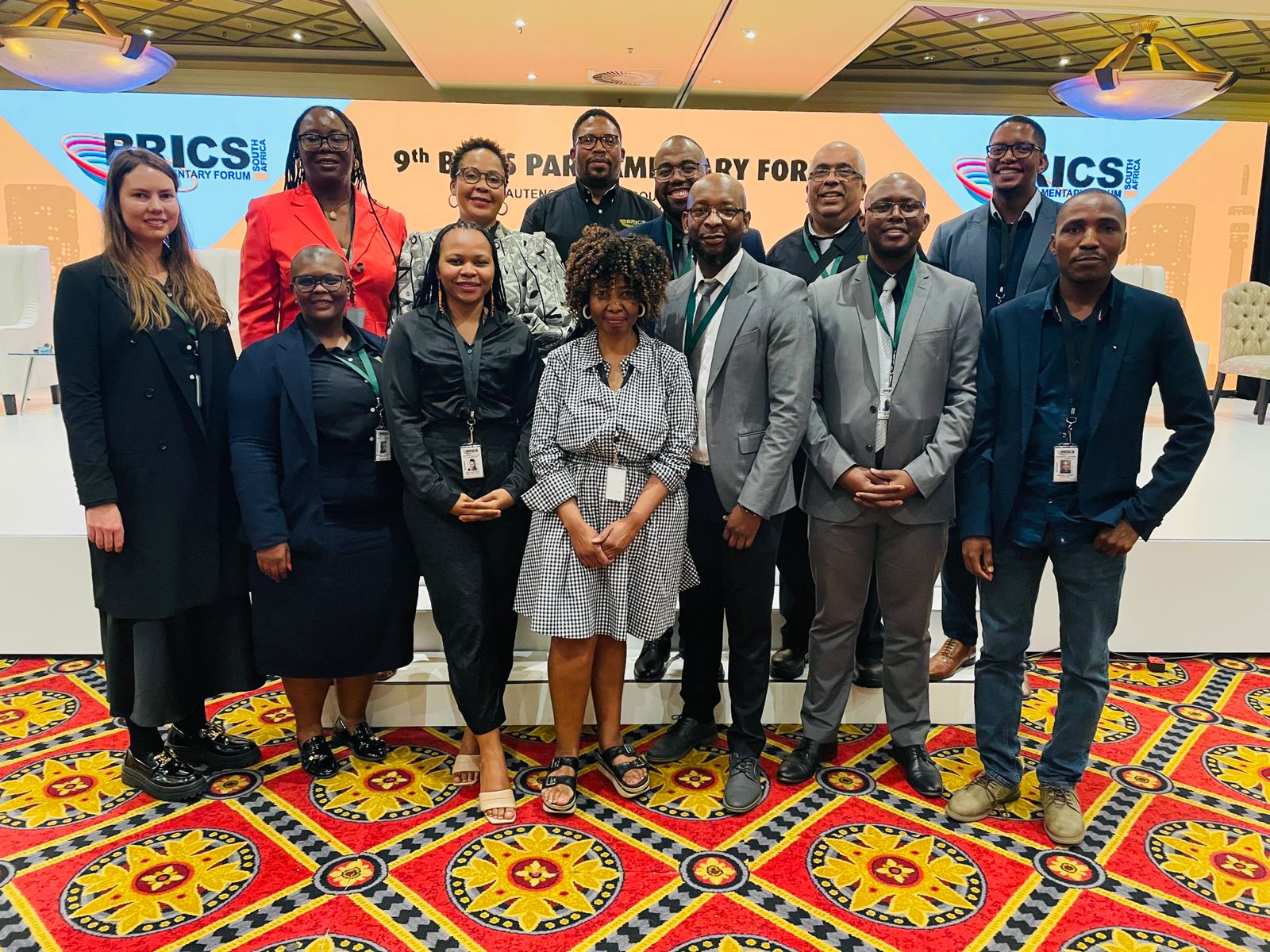
South Africa’s energy security crisis is crippling the country’s economic development. Recently, President Cyril Ramaphosa announced a suite of changes to add additional private generation capacity to the country’s energy grid. In partnership with the South African BRICS Think Tank, the HSRC has studied opportunities to expand renewable energy financing by comparing South Africa’s experiences with those of India and China. This article summarises the study’s findings, informing some of the interventions proposed by the President. By Krish Chetty, Tahiya Moosa, Yul Derek Davids, Thanyani Madzivhandila and Lebogang Ndaba
The South African energy policy framework has often been perceived by investors as uncoordinated and lacking coherence. This has led to market uncertainties, impeding the growth of independent power producers (IPPs). While Eskom and the National Department of Energy have had some success in rolling out the Renewable Energy Independent Power Producer Procurement Programme (REIPPPP), a lengthy pause in bidding windows between 2015 and 2021 damaged investor perceptions about the local renewable energy market.
Responding to the energy crisis after Stage 6 loadshedding in June, on 25 July President Cyril Ramaphosa announced a range of interventions to add capacity to the energy grid. This included expanding the REIPPPP with interventions to double the capacity of Bid Window 6 to procure renewable energy from the private sector.
Municipal challenges
Municipalities have previously had the capability to generate new energy or procure power from IPPs. However, policy uncertainties and challenges in securing licences from the National Energy Regulator of South Africa (NERSA) have led many to abandon their renewable energy generation efforts. Uncertainties have also constrained private power procurement.
In 2021, after a court case between the City of Cape Town, National Department of Energy and NERSA, the Electricity Regulation Act was amended, raising the threshold of power generation without a licence from 1 MW to 100 MW. Following the president’s announcements on 25 July, this 100 MW limit has also been scrapped. However, securing local and international investment remains a significant challenge constraining new IPP development.
International investment
National Treasury calculated that globally there is US$ 12 trillion in circulation from sources such as the Green Climate Fund established by the United Nations and managed by the World Bank. Unfortunately, most of these funds are received by developed countries. Developing and emerging countries struggle to access these funds because of the perceived risk of projects or of investing in a developing country. Generally, public data describing the availability of wind or solar energy resources in developing countries are limited or not frequently published. The absence or shortage of quality trend data results in poorly calibrated financial risk models, resulting in inaccurate investment risk ratings.
If a loan is extended to businesses with risky ratings, the bank’s risk rating is also affected; hence, the financial sector avoids this. However, green banks and non-bank financial institutions tend to specialise in the ‘green’ sector and may have access to better-quality data and nuanced financial risk models, producing more accurate risk ratings. However, non-bank financial institutions struggle to access international climate finance from development finance institutions since they lack a formal banking licence.
Experiences in India and China
India’s foremost challenge is its size and extensive intergovernmental system, which literally dwarf South Africa’s intergovernmental coordination challenges. In contrast, despite China’s size, its strength is policy consistency. In 2021, China launched its 14th five-year plan. China’s central government has iteratively refined its policy planning procedures, integrating views from provinces, municipalities, other arms of government, academia and business. The five-year policy cycle allows China to revise its plans to transition from fossil fuels to renewable energy. China’s transition balances its current economic demands with its long-term plans to attain carbon neutrality by 2060. This balancing act requires the country to increase generation capacity by investing in ‘clean’ coal and renewable energies while decommissioning coal power plants. In many respects, China’s path to transition mirrors South Africa’s, but on a much larger scale.
India has also had more success in accessing international climate finance than China and other developing and emerging countries. The reasons for this success are unclear, but some point to the country’s plan to expand its capacity with ambitious wind and solar energy generation targets. While South Africa is attempting to add a further 18 GW (from 2019) of renewable energy generation capacity by 2030, India plans to add 343 GW from its 2022 capacity of 157 GW, requiring an investment of US$ 250 billion. To put this number into context, the BRICS New Development Bank only offered US$ 4 billion in funding for clean energy projects in BRICS countries between 2016 and 2021.
India and China both source international finance for renewable energy generation by offering their own-currency Green Bonds – known as Green Masala Bonds and Green Panda Bonds respectively – to the international market. The Green Panda Bond is issued by the BRICS New Development Bank, allowing China to raise foreign investment in its renminbi currency. Furthermore, businesses subscribed to the bond do not have to worry about currency depreciation and are shielded from US dollar exchange rate fluctuations.
In South Africa, the USD to ZAR exchange rate volatility is a significant constraint affecting local IPPs, several of which have reported abandoning attempts to secure loans from international banks because of associated difficulties in predicting project profitability. The IPPs opted to source finance from the local commercial sector instead.
Subsidies in China have also helped to boost its local renewable energy generation projects and the manufacturing of components needed in these power plants. These subsidies have been particularly effective in a young market and supported vulnerable businesses in consolidating their business plans. Given China’s manufacturing strength, India opted to impose importation duties on Chinese components needed for renewable energy generation. These import duties constrained their market growth while not necessarily boosting their local manufacturing capabilities. South Africa has introduced a similar policy in the REIPPPP Bid Window 5 regulations, requiring IPPs to source 40% of their components from local manufacturers without boosting the capabilities of the local market. However, after the President’s 25 July announcement, this requirement has been relaxed in favour of a more pragmatic regulatory approach. A key lesson from China and India is that subsidies are best suited for countries seeking to expand their generation and manufacturing capacities.
Lessons for South Africa from China and India
As learnt from China, promoting policy certainty is crucial to sourcing investment. South Africa’s regulatory framework requiring black ownership is also comparatively unique, and foreign investors need support in navigating the local policy environment. Accurate data about local conditions are crucial, and there is a need to invest in data measurement equipment. These data must be shared with the financial sector and policymakers to help improve their risk models. South Africa’s developers and manufacturers would benefit from subsidy programmes that allow these businesses to compete with their international counterparts. In addition, local projects struggle to source dollar-denominated loans. Following the Chinese and Indian examples, own-currency loans may assist the country’s IPPs in sourcing international finance for their projects.
Authors:
Krish Chetty is a research manager, and Tahiya Moosa, a researcher in the HSRC’s Inclusive Economic Development research division. Drs Yul Derek Davids and Thanyani Madzivhandila are research directors and Lebogang Ndaba, a master’s research trainee in the HSRC’s Developmental, Capable and Ethical State research division.
Acknowledgement
The HSRC study into financing renewable energy was funded by the National Institute for the Humanities and Social Sciences.


